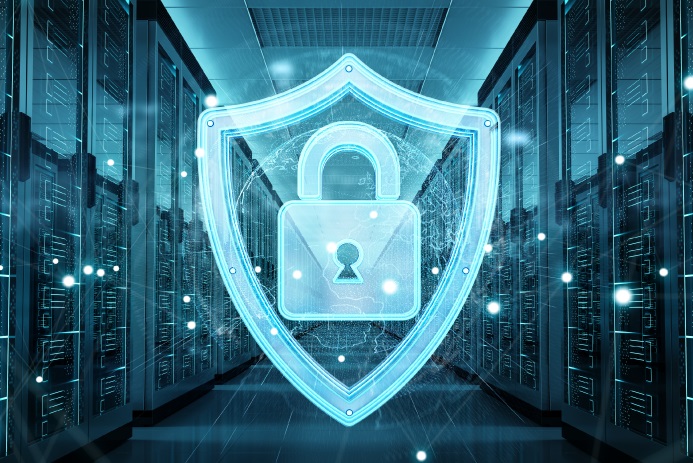Data Center
Data Center
Physical And Digital Layers Of Security In Data Centers

From sensitive customer information to proprietary business strategies, data is an invaluable asset that requires steadfast protection. Data centers, the nerve centers of modern businesses, play a pivotal role in safeguarding this critical information. To create an impenetrable fortress for data, a dual approach of physical and digital security layers is imperative.
Physical Security
1. Access Controls: Colocation data centers employ a multifaceted approach to access controls. This includes biometric authentication like fingerprint scans and retina recognition, key card systems, and PIN-based entries. Only authorised personnel are granted entry, ensuring that only those with legitimate reasons can access the premises.
2. Perimeter Security: Fencing, barriers, and surveillance cameras encircle the colocation data center, forming a protective barrier against external threats. Security personnel conduct regular patrols to maintain constant vigilance.
3. Mantraps and Biometric Verification: Access points are often fortified with mantraps – enclosed spaces with two sets of interlocking doors. This ensures that only one individual can enter or exit at a time, preventing tailgating. Moreover, biometric verification methods like fingerprint scanning or retina recognition add an extra layer of identity validation, reducing the risk of unauthorised access.
4. Security Monitoring: Data centers are equipped with advanced surveillance systems, including motion sensors, closed-circuit television (CCTV) cameras, and infrared technology. These monitoring systems ensure continuous surveillance of the premises.
Digital Security
1. Firewalls and Intrusion Detection/Prevention Systems: Firewalls act as gatekeepers, filtering incoming and outgoing network traffic to block unauthorised access. IDS/IPS systems monitor network traffic for signs of suspicious activity and can automatically take actions to thwart potential threats.
2. Network Segmentation: Implementing intelligent network segmentation significantly reduces the attack surface of data center networks by isolating infrastructure components, hindering attacker lateral movement and minimising breach impact potential.
3. Security Patching and Updates: Regular updates and patches to operating systems and software are essential to close vulnerabilities that could be exploited by hackers.
The Synergy Of Physical And Digital Layers
The strength of data center security lies in the seamless integration between the physical and digital layers. These two layers are not isolated silos; they interact and reinforce each other to create an impenetrable fortress. A data center’s biometric authentication system not only grants physical access but also integrates with the digital security system. This means that only personnel with valid biometric credentials can log in to the digital systems.
In case of a breach, physical security measures can complement digital efforts. For instance, a triggered motion sensor could lock down the affected area while the digital security system quarantines the compromised data. In the event of a security incident, physical security personnel can collaborate with their digital counterparts to quickly isolate affected servers or systems. This containment strategy prevents the spread of the breach and allows for targeted remediation efforts.
Companies should prioritise hyperscale data centers with robust security measures as they provide an unparalleled shield against various risks. Yotta NM1 Data Center employs a comprehensive array of security measures, including an automated mantrap for server hall entry, biometric authentication for access, robust explosive and narcotics detection, meticulous server key access management, and various other safeguards. Similarly, at Yotta D1 Data Center, an array of security measures is in place, encompassing campus entrance checks, bio-metric access control at server halls, and resilient security protocols for accessing server halls, among others.
In conclusion, a colocation data center’s security is fortified by a harmonious interplay between physical and digital security layers. These layers work cohesively to ensure the protection of data and the uninterrupted operation of critical systems.




















